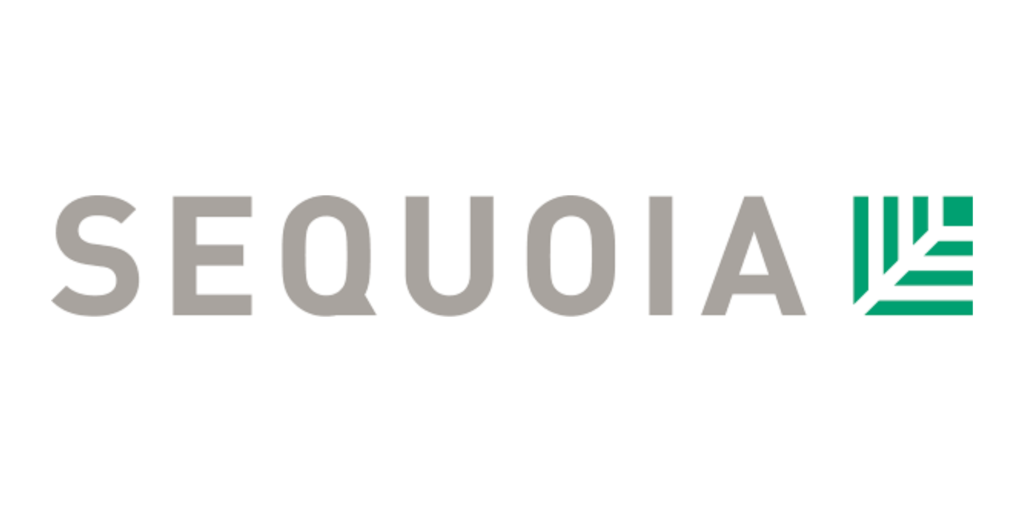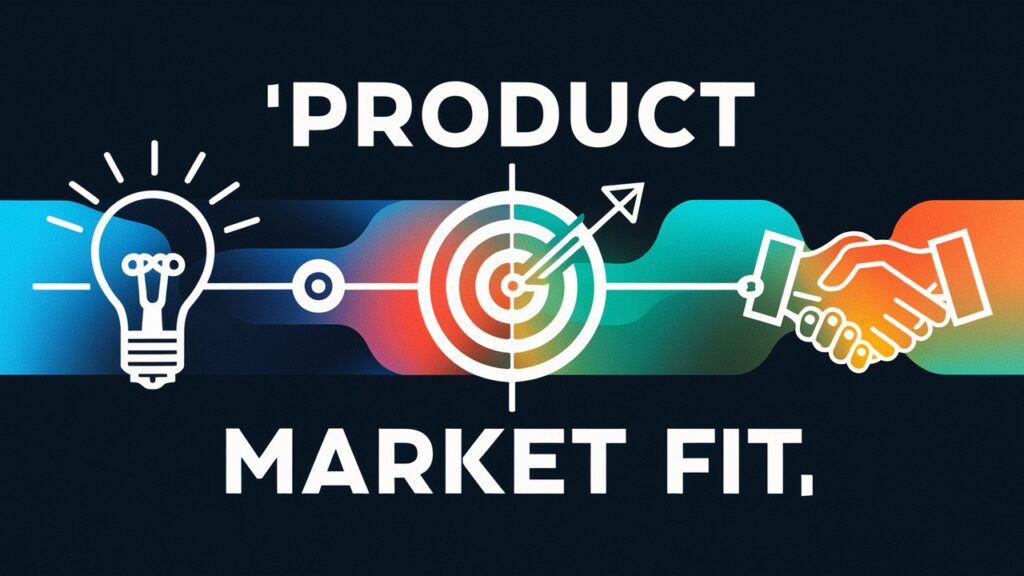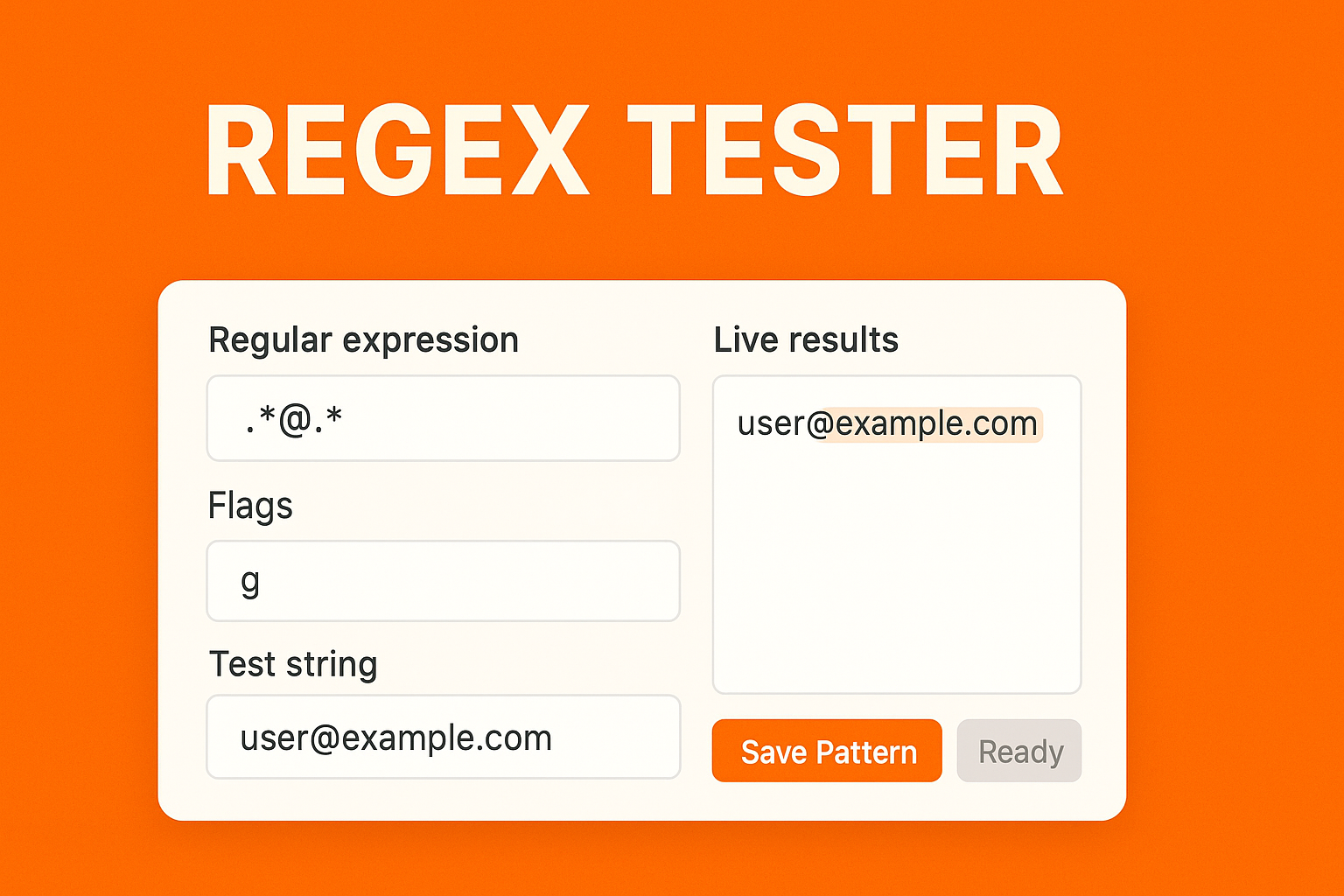- Home
- /
- Product Management
- /
- Sequoia’s Arc Product-Market Fit Framework:…
Introduction
Product-market fit (PMF) is the heart of every startup’s journey, serving as the elusive, yet essential milestone that signifies the alignment between a product and its target market. Sequoia’s Arc framework, a powerful model used to guide early-stage companies, offers a nuanced approach to understanding product-market fit by categorizing the customer-product relationship into three distinct archetypes. Rather than diagnosing whether a startup has PMF, this framework helps founders identify where they stand and how to operate effectively in their unique context. Let’s break down Sequoia’s framework and explore how it can guide startups toward finding the right PMF.
About Sequoia’s Arc Framework

Sequoia’s Arc framework is designed to help early-stage companies understand and navigate the complex landscape of product-market fit. The focus of this model is on the relationship between the product and its customer. Instead of focusing solely on whether a product meets the market’s needs, Sequoia encourages startups to identify which category of PMF their product falls into. This will shape their strategy for growth, marketing, and innovation. The Arc framework introduces three archetypes of PMF: Hair on Fire, Hard Fact, and Future Vision. Each archetype reflects a distinct customer-product dynamic, which in turn requires different strategies for success.
The Three Archetypes of Product-Market Fit

1. Hair on Fire
The Hair on Fire archetype describes a scenario where a startup is solving a problem that customers urgently need to address. This is often a highly competitive space where demand is obvious, and the product needs to stand out among many contenders. The urgency of the problem means customers are actively searching for solutions, which often leads to a crowded market. In this path, success hinges not just on offering a better solution but on offering a differentiated one.
How to Operate in the Hair on Fire Path
To succeed in this path, startups must work swiftly and decisively, offering a product that stands out for its unique solution and delivering it with speed. A great product is not enough — the go-to-market execution must be flawless, ensuring the solution reaches customers effectively and quickly.
Case Study: Wiz

Wiz, a cloud security startup, entered a competitive market already filled with established players. However, they identified a specific pain point: most cloud security products relied on agents that had to be installed in every server, creating friction for customers. Wiz developed an agentless solution that was faster, easier to implement, and more effective at surfacing vulnerabilities. In a competitive landscape, Wiz leveraged their technical advantage to differentiate themselves, achieving remarkable growth from $0 to $2.8 million in just one quarter.
2. Hard Fact
The Hard Fact archetype occurs when a startup takes a widely accepted pain point and introduces a solution that customers didn’t know they needed. Customers in this space have accepted the pain point as a part of life — they don’t actively look for a solution because they’re used to living with it. The challenge here is not to create urgency but to convince customers that their pain point can be solved and that the solution is worth changing their habits for.
How to Operate in the Hard Fact Path
In this scenario, startups must focus on educating the market and challenging customers’ ingrained behaviors. It’s about making them realize that they don’t have to live with the problem anymore. Successfully doing so often leads to greenfield opportunities, as competitors may shy away from the difficulty of disrupting the status quo.
Case Study: Square

When Square (then Block) launched its mobile credit card reader, the problem it solved was widely acknowledged but largely ignored by merchants: the inability to accept credit card payments in small businesses or at farmers’ markets. The solution, turning smartphones into mobile credit card terminals, seemed simple but was transformative. By giving away the hardware for free, Square lowered the barrier to adoption and ultimately redefined how small businesses interact with payment systems.
3. Future Vision
The Future Vision archetype is the most ambitious and the riskiest. This path is driven by visionary innovation — the kind of breakthroughs that seem like science fiction to customers. The challenge here is not just to solve a problem but to convince customers that a completely new reality is possible. The solution may seem so far ahead of its time that customers are unable to fully grasp its potential.
How to Operate in the Future Vision Path
This path requires patience and endurance. The vision may be clear, but convincing customers to embrace a new paradigm is a slow and challenging process. Startups must be prepared for a long road, one where interim successes or “pit stops” can help fund the journey toward the ultimate vision. The key to navigating this path is attracting and retaining talent, having the flexibility to pivot, and capitalizing on early successes to gain traction.
Case Study: OpenAI

OpenAI’s vision to create artificial general intelligence (AGI) was considered by many to be a pipe dream. However, they managed to secure product-market fit by creating a generative AI model, ChatGPT, which quickly became widely adopted. What was initially a distant vision — AGI — transformed into a concrete product that generated significant revenue. OpenAI’s journey to product-market fit in the Future Vision archetype is a prime example of how even the most ambitious visions can find their place in the market with the right timing and strategy.
Key Insights from the Arc Framework

- Velocity and Go-to-Market Strategy: Whether you’re in the Hair on Fire or Hard Fact archetype, speed is essential. Getting your product to the market quickly and out-maneuvering competitors can be the difference between success and failure. For the Future Vision path, while speed is still important, the focus is more on long-term strategy and sustaining momentum.
- Customer Education: In the Hard Fact archetype, customer education is crucial. Founders need to help customers see that their way of doing things is outdated and that change is not only possible but necessary.
- Visionary Innovation: The Future Vision path is about creating an entirely new category. It requires a vision so compelling that it forces customers to rethink their perceptions of what’s possible. This path demands a strong belief in the product, the ability to pivot, and resilience against skepticism.
Frequently Asked Questions

Q: How do I know which archetype my startup fits into?
A: Understanding your customer’s relationship with the problem you’re solving is key. If your customers urgently need a solution and the market is crowded, you’re likely in the Hair on Fire category. If customers are resigned to the problem but you can educate them on how to solve it, you’re in the Hard Fact archetype. If you’re introducing something so innovative that customers don’t even know they need it yet, you’re likely in the Future Vision category.
Q: Can my startup shift from one archetype to another?
A: Yes, it’s possible. As your product evolves and market conditions change, your startup could shift archetypes. For example, a Hair on Fire startup could evolve into a Hard Fact as customers begin to see the solution as a new standard. Similarly, the vision of a Future Vision company may eventually become more tangible and widely accepted, leading to accelerated growth.
Q: How long does it take to achieve product-market fit?
A: The timeline varies greatly depending on which archetype you’re in. The Hair on Fire path tends to result in quicker market adoption, while the Hard Fact and Future Vision paths may take longer due to the need for customer education or overcoming skepticism. However, each path has its own set of milestones that signal progress toward PMF.
Conclusion

Sequoia’s Arc product-market fit framework offers a detailed and strategic lens for startups to assess where they stand and how they should operate. By identifying whether their company fits into the Hair on Fire, Hard Fact, or Future Vision archetype, founders can better align their product development, go-to-market strategies, and overall growth plans. Understanding these dynamics is crucial for navigating the early stages of a startup and ultimately achieving sustainable product-market fit. Whether you’re racing against competitors or convincing customers to change their habits, knowing your path can significantly improve your chances of success.
Enjoyed this article? Want to dive into Pricing Strategies? Explore here. Interested in learning about Funnels? Discover more here. Curious about Product Management Frameworks? Find out more here.




















Leave a Reply